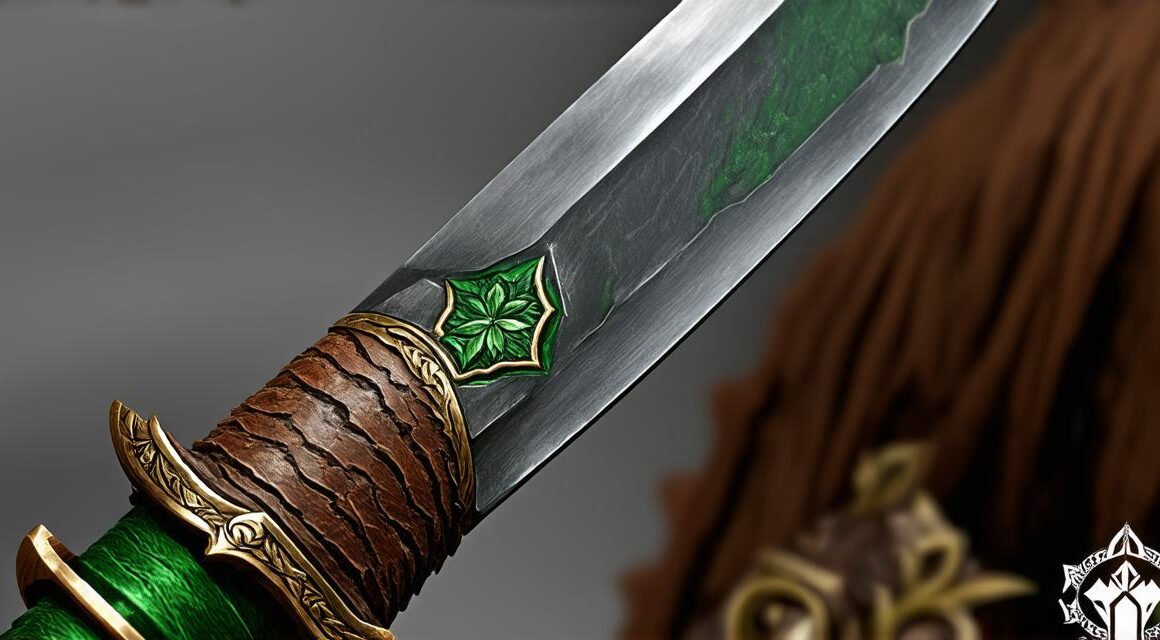Are you tired of your Unity 3D projects lacking in visual appeal? Do you want to take your project’s graphics to the next level? Look no further! In this article, we will explore the importance of high-quality textures in Unity 3D development and provide tips on how to download and use them effectively.
The Importance of Textures in Unity 3D Development
Textures are an essential component of any 3D project, including those built in Unity. They give objects a realistic appearance by adding details such as color, patterns, and lighting effects. Without textures, your 3D models would look flat and uninteresting.
There are several types of textures that you can use in Unity 3D development, including:
- Diffuse Textures – These are the most common type of texture and are used to give objects a solid color. They can be used for basic lighting effects and to create a sense of depth.
- Normal Maps – These textures are used to simulate the surface normals of an object, which affects how light interacts with it. This allows you to create realistic lighting effects and shadows.
- Specular Maps – These textures are used to add highlights to objects, creating a shiny or metallic appearance.
- Transparency Textures – These textures allow you to create transparent or semi-transparent objects. They can be useful for creating glass or water effects.
- Displacement Maps – These textures are used to add detail to an object’s surface, such as cracks or bumps.

How to Download Unity 3D Textures
There are many resources available online where you can download high-quality textures for your Unity 3D projects. Some popular options include:
- Substance Painter – This is a powerful texture painting software that allows you to create custom textures from scratch or download pre-made ones. It also includes a large library of textures that you can use in your projects.
- The Texture Atlas – This website offers a wide range of textures for free, including ones for nature, technology, and fantasy themes.
- Unity Asset Store – This is a marketplace where you can find pre-made assets, including textures, that are designed specifically for Unity 3D development.
- ArtStation – This platform allows you to browse and download art assets, including textures, from professional artists.
How to Use Textures in Unity 3D Development
Once you have downloaded the textures you want to use in your project, it’s time to apply them to your objects. Here are some tips on how to do this effectively:
- Use the Right Materials – Each texture has its own material properties, so make sure you are using the right one for the job. For example, a diffuse texture would be used for the base color, while a normal map would be used for lighting effects.
- Apply Multiple Textures – You can combine multiple textures to create a more detailed and realistic appearance for your objects. For example, you could use a diffuse texture for the base color and a normal map for the lighting effects.
- Adjust the Settings – Depending on the texture and material you are using, there may be settings that you can adjust to fine-tune the appearance of your object. For example, you could adjust the brightness or contrast of a diffuse texture.
- Use Layers – If you want to apply textures in a specific order or at different levels of opacity, you can use layers. This allows you to create more complex and detailed textures.



